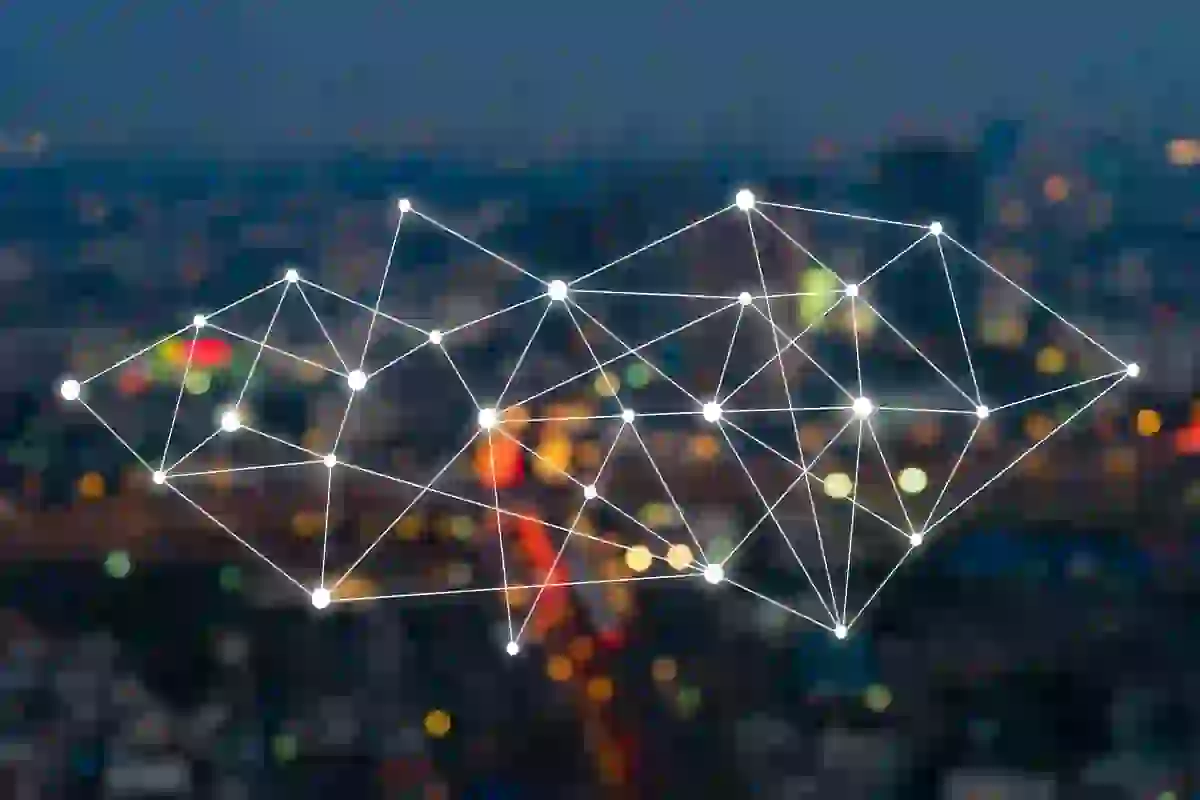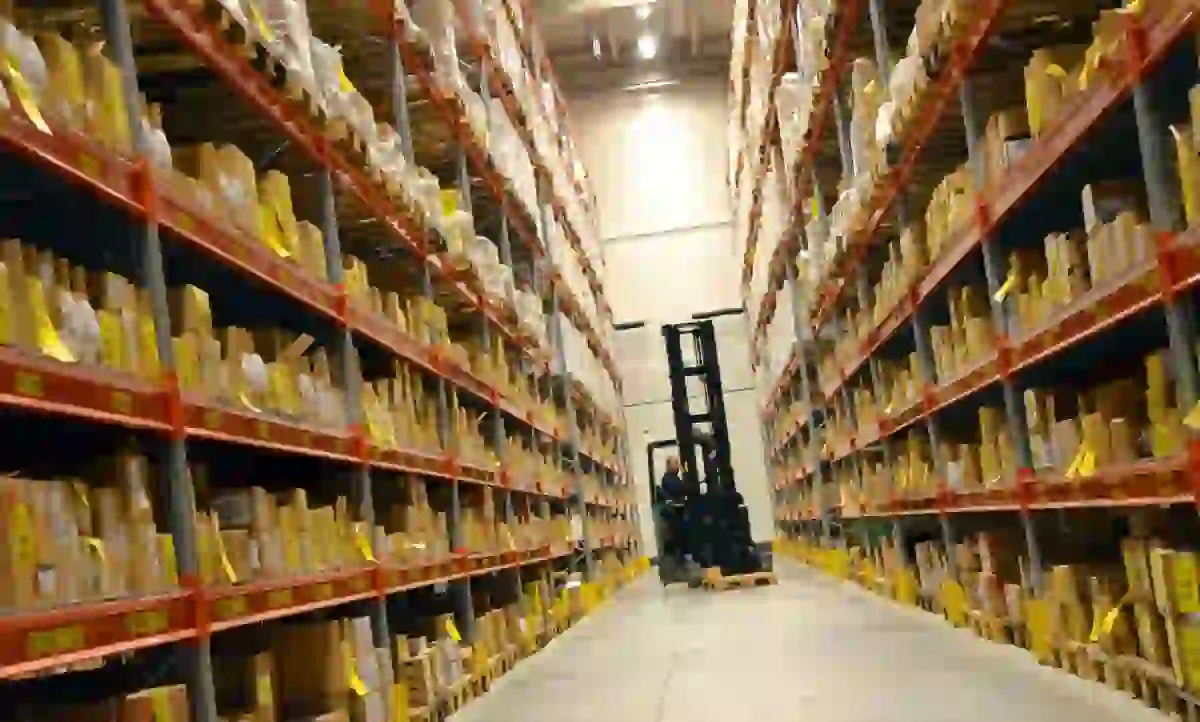This is one of the main challenges in supply chains across all sectors. Sustainability is related to efficient logistics that promotes the optimal design of routes, environmentally friendly materials and processes that reduce emissions.
Achieving sustainable practices is therefore a priority for all companies, including those involved in logistics, and no longer just to improve their reputation for customers and consumers. Similarly, as they are aware of the need for us all to steer in the same direction to reverse climate change.
The energy transition aims to reduce the ecological footprint resulting from operations, CO2 emissions, noise pollution and accidents. In this sense, logistics providers must seek out the balance between economic growth and profitability with care for the environment and the health of society, incorporating more environmentally friendly policies into their strategies.

Redefining the last mile
Last mile logistics is increasingly working towards mechanisms that allow you to arrange deliveries/pickups at the same point. Measures such as drop points or deliveries using drones, that respond to the reduction of emissions and the streamlining of deliveries. These initiatives include:
1.- Optimising reverse logistics. This is one of the logistics sector and brands’ major headaches, which view how in addition to reducing margins for the cost of returning a product, its carbon footprint is increased by the extra activity that this option entails. Yet already large companies like Zara are taking action on the matter, charging in 30 countries for the online returns of their products, in an attempt to change the customer’s mindset so that they make their purchases in a more thoughtful and committed way.
2.-Approach delivery to consumers. This is one of the current trends where physical stores are given a voice, since they take on a highly significant role in the omnichannel distribution networks of brands, by becoming wholly delivery and collection points (darkstores) or dedicating part of their space to this work (greystores). This speeds up times and reduces the distance between the product and the consumer, considerably improving their shopping experience, which boils down to more sustainable and efficient logistics and greater end customer loyalty. For example, Walmart has increased its ability to deliver and receive orders in its stores by 20% and expects to make another 35% increase throughout 2022.
Still to determine which option is the most suitable for each business, you need to carry out a detailed analysis of what and how the end user of each product buys, how long they are willing to wait to have it in their hands (this will depend on aspects such as, for example, whether they live in rural areas or city centres, where the user is more used to receiving packages on the same day) and the profitability that any of these options will offer for the brand. Not all stores are eligible for conversion into some of these options and, therefore, this analysis is necessary.

3.-The role of public sector administrations. Governments and municipalities are also taking steps to lessen the impact of logistics on the last mile in their territories. This is the case of the Community of Madrid, which a few months ago launched a programme to implement a network of 30 microhubs to accommodate the urban distribution of goods, which translates into a reduction of between 16% and 20% of CO2 emissions compared to logistics ships located in the suburbs.
4.-More efficient vehicles in the renewal of fleets or the transformation of the same with a view to contributing to the circular economy. An issue also backed by the environmental restrictions in the centres of large cities.
5.- Out-of-home solutions take a foothold. Consumers value flexible schedules, information about the exact time the order will arrive, or the ability to select multiple delivery locations. As a result, out-of-home solutions, such as lockers, are becoming a fixture in supermarkets, underground stations or high-traffic shopping areas that allow customers to have a simple and easy process to pick up their orders.
The circular economy at the core of strategic planning.
At this point we focus on the fashion sector, where clothing, footwear and accessories brands are working to reduce their bearing on the environment. For example, using recycled and environmentally friendly materials for their collections and carrying out a multitude of actions‘ in pursuit of ’sustainability with the mantra of the 4Rs: Reduce, Recycle, Reuse and Recover, increasingly grounded in society. It can also be seen how brands and applications foster the use and commercial exchange of second-hand clothing, a market niche that is constantly on the rise.
This sector faces many challenges ahead to truly change the model and achieve the rational use of natural resources. Where to promote conscious consumption that rejects snap purchases and the circularity of production is a priority, since sustainable fashion is not a trend, but a need that is based on three main pillars: environmental, social and economic.

